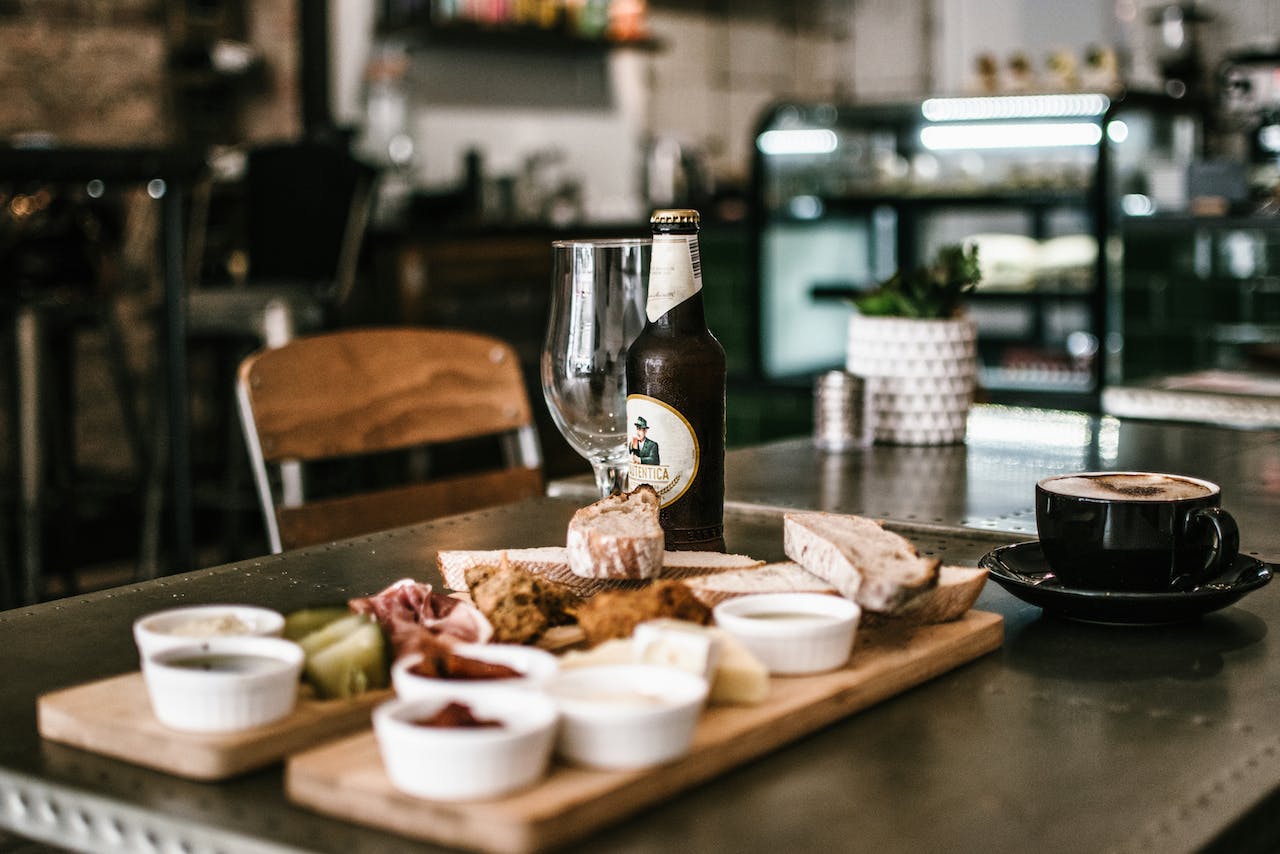5 Best Practices for Optimizing Your Restaurant’s Online Ordering System
The digital age has revolutionized the way restaurants operate, especially in the realm of online ordering. To stay competitive and meet the evolving expectations of customers, it’s crucial to optimize your restaurant’s online ordering system. This guide delves into five best practices that are not just theories but actionable strategies, ensuring your restaurant thrives in this digital era.
1. Streamline the User Experience
Optimizing your online ordering system begins with streamlining the user experience. A well-designed user interface is all about functionality and ease of use. From the moment a customer decides to order until they receive their meal, every interaction should be smooth and intuitive. The key is to reduce friction and make the process as quick and enjoyable as possible.
Understand the Journey
First and foremost, focus on the user experience (UX). A seamless UX starts when a customer thinks of ordering from your restaurant and doesn’t end until the meal is enjoyed. Consider every step:
- Easy Navigation: Ensure that your website or app is intuitive. Customers should find what they’re looking for in just a few clicks.
- Menu Clarity: Present your menu in a clear, organized manner. High-quality images and detailed descriptions can make a significant difference.
- Efficient Checkout Process: The fewer steps to complete an order, the better. Simplify the checkout process to prevent cart abandonment.
Provide Multiple Payment Options
Offering a range of payment options caters to a broader audience. Include popular digital wallets, credit/debit card options, and possibly cryptocurrency, depending on your customer base.
2. Integrate With Social Media Platforms
Leveraging social media is a fantastic way to create a holistic online presence that simplifies the ordering process for customers. By integrating direct ordering options on platforms like Instagram or Facebook, restaurants can make it easier for customers to place orders, enhancing convenience and streamlining the process.
Utilizing user-generated content is another powerful strategy. Encouraging customers to share their experiences on social media not only provides authentic content for your platforms but also boosts your restaurant’s credibility. These shared experiences create a sense of trust and community around your brand, essential in the competitive dining industry.
3. Use Data Analytics to Personalize Experiences
Data is king in the digital world. By analyzing customer data, you can personalize the ordering experience, making it more engaging and efficient.
Case Example: Personalized Marketing
Imagine a customer who regularly orders vegan dishes. With data analytics, you can send them targeted promotions and suggestions for new vegan items. This level of personalization not only increases sales but also builds customer loyalty. A robust data analytics system, like that offered by OLO partners, can be instrumental in achieving this.
4. Implement a Responsive Feedback System
In the realm of online ordering, implementing a responsive feedback system is crucial for continuous improvement and customer satisfaction. Actively seeking and responding to customer feedback not only helps identify areas for enhancement but also shows customers that their opinions are valued. This can lead to improved service, a better user experience, and stronger customer loyalty.
The Power of Feedback
Feedback is a goldmine of information. It helps in:
- Identifying Areas for Improvement: Use feedback to understand what’s working and what’s not.
- Building Relationships: Responding to feedback shows customers that you value their opinion, fostering loyalty.
How to Gather Feedback
There are several methods to consider that can help you capture valuable insights from your clientele efficiently.
- Follow-Up Communications: After a customer has received their order, send a follow-up email or text inviting them to share their experience. This direct approach often yields high response rates.
- In-App Feedback Options: Include a simple and accessible feedback feature within your app or website. This allows customers to easily provide their thoughts at their convenience.
5. Stay Updated With Technology and Trends
The digital landscape in the restaurant industry is constantly changing, and staying abreast of these developments is crucial. It’s not just advantageous to keep up with technological advancements; it’s essential for staying competitive and meeting customer expectations.
Adopting new technologies is a key strategy in this dynamic environment. Consider incorporating AI-driven chatbots for efficient customer service or exploring blockchain technology for secure transactions. These innovations can streamline operations, enhance customer experience, and provide a competitive edge.
Equally important is monitoring industry trends. Keep a close eye on the evolving trends within the restaurant sector. Whether it’s adopting sustainable packaging to appeal to environmentally conscious consumers or implementing new delivery methods to increase convenience, staying informed and adaptable is vital. By doing so, you ensure your restaurant remains relevant and responsive to the changing demands of the market.
Conclusion
Optimizing your restaurant’s online ordering system is not a one-time task but an ongoing process. By implementing these practices, you’ll not only enhance the customer experience but also streamline operations and boost sales. The digital world is full of opportunities – it’s time to seize them.












Leave a Reply
Want to join the discussion?Feel free to contribute!